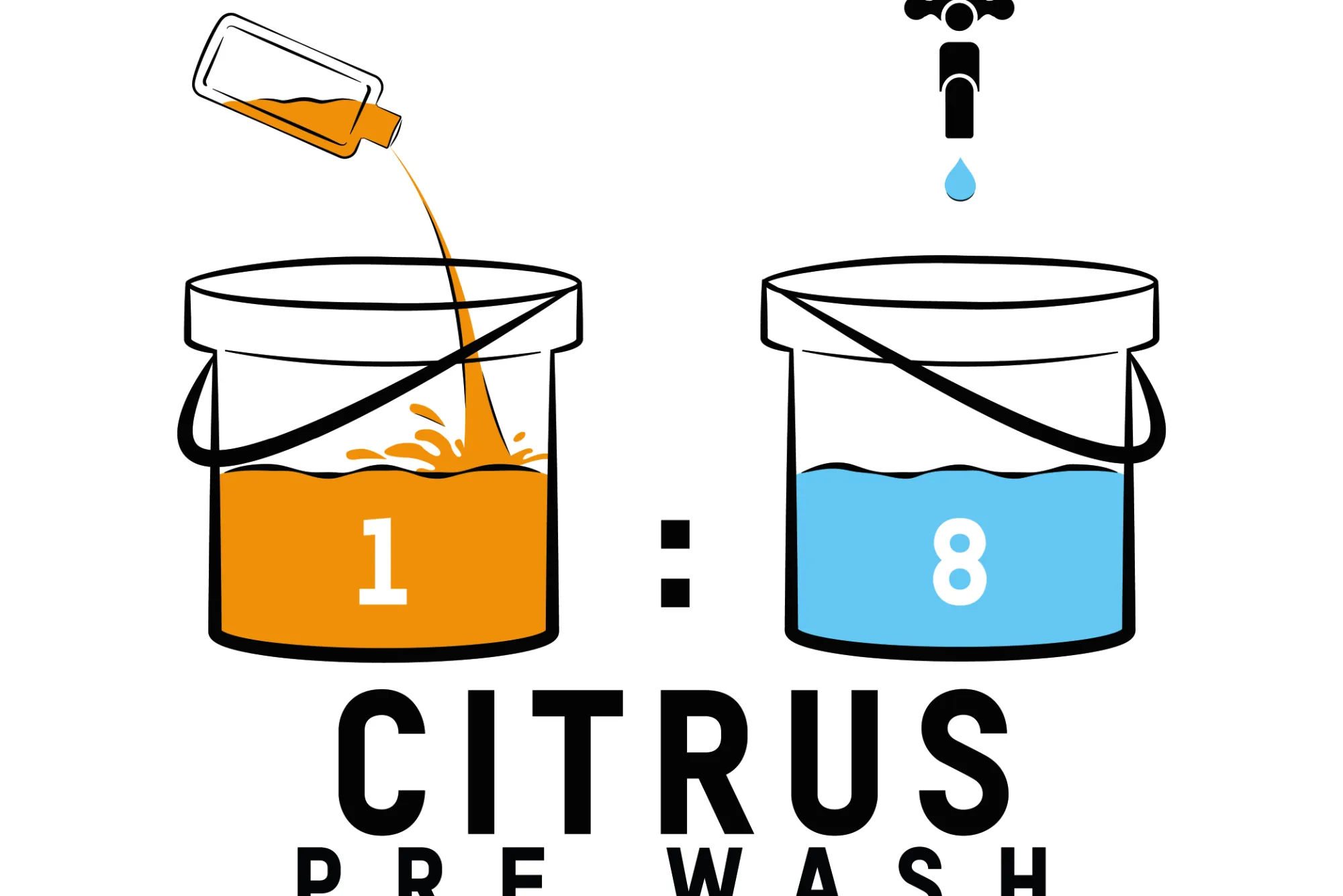Dilution ratio calculators are essential tools in chemistry, biology, and lab science. Whether you’re preparing solutions for research, industrial use, or teaching, an online dilution calculator can save you time, reduce human error, and deliver consistent results. In this post, we’ll do a comparison of top dilution ratio calculators online — breaking down which tools are most accurate, user-friendly, and trustworthy. We’ll also connect this discussion to broader themes in tech development, digital skills training, and innovation — especially within Pakistan’s rapidly growing IT ecosystem.
What Is a Dilution Ratio Calculator?
Quick Answer:
A dilution ratio calculator helps you determine how much of a concentrated solution and solvent you need to mix to reach a desired concentration.
A dilution ratio (or dilution factor) quantifies how much a solute has been diluted when combined with a solvent. In a 1:5 dilution ratio, for example, you mix one unit of stock (concentrated) solution with five units of diluent. Wikipedia+1 Dilution calculators automate this process, often applying formulas like M1V1=M2V2M_1 V_1 = M_2 V_2M1V1=M2V2 to compute either the volume of stock or diluent required.
Why Use an Online Dilution Ratio Calculator?
Quick Answer:
Because they minimize calculation errors, save time, and standardize preparation across experiments or industrial batches.
Benefits:
-
Accuracy: Prevents miscalculations, especially in complex or high-precision settings.
-
Speed: Instantly computes volumes, avoiding repeated manual math.
-
Repeatability: Ensures consistency across batches.
-
Educational Value: Helps students and researchers understand the dilution process more clearly.
-
Convenience: Accessible from a browser — no need for specialized software.
Popular Online Dilution Ratio Calculators — A Comparison
Here are some of the top online dilution ratio calculators and how they compare on key criteria:
1. General Chemistry Dilution Calculators
These are purpose-built for standard lab work: you input initial concentration and volume, target concentration, and the tool gives you how much stock and solvent you need.
Strengths:
-
Very precise for routine lab tasks
-
Supports common units (molarity, percent, volume)
-
Often includes batch or serial dilution modes
Weaknesses:
-
May lack guidance for non-expert users
-
Sometimes limited to a single dilution step
2. Serial Dilution Calculators
Designed for multi-step dilutions (e.g., 1:5 repeated three times) — often used in microbiology, biochemistry, or pharmacology.
Strengths:
-
Handles repeated dilution steps easily
-
Useful for preparing logarithmic dilutions or dilution series
Weaknesses:
-
Slight learning curve for beginners
-
Requires careful input of each step
3. Web-Based Concentration Calculators
Some calculators allow you to both dilute and concentrate (reverse dilution), or adjust by mass or molarity.
Strengths:
-
More flexible (dilute up or concentrate down)
-
Often combines with other concentration calculators
Weaknesses:
-
More complex interface
-
Might confuse users new to concentration math
4. All-in-One Chemistry Tool Suites
These are websites that combine multiple chemistry calculators in one platform: dilution, molarity, percent composition, pH, and more.
Strengths:
-
Very comprehensive — great for students and professionals
-
Offers educational explanations alongside calculators
Weaknesses:
-
Might be “too much” if you only need a simple dilution ratio calculation
-
Performance can be slower due to many features
Key Criteria to Evaluate When Choosing a Dilution Ratio Calculator
Quick Answer:
Look for accuracy, ease of use, support for your workflow, and trustworthiness (source credibility).
Here are the most important factors:
-
Mathematical Accuracy: Does the tool use standard dilution formulas (e.g., M1V1=M2V2M_1 V_1 = M_2 V_2M1V1=M2V2)?
-
Unit Flexibility: Can you work with molarity, percent, volume, mass?
-
User Experience (UX): Is the interface intuitive? Can users with minimal training use it?
-
Educational Support: Does the tool explain its calculations or offer background theory?
-
Security & Reliability: Is the platform maintained by a trustworthy entity (e.g., educational institution, reputable chemistry site)?
-
Accessibility: Does it work in your region, and is it mobile-friendly?
-
Extras: Does it support serial dilutions or batch calculations?
Why NeedsCalculator.com Is a Standout Option
One of the most reliable tools in this space is provided by NeedCalculator. Their suite offers clean, easy-to-use chemistry calculators, including dilution, concentration, and conversion utilities.
-
The dilution and concentration calculator on NeedCalculator applies standard formulas and supports different concentration units.
-
The platform is designed for both lab professionals and students, helping prevent calculation mistakes while improving efficiency.
-
It also is part of their broader accurate and simple calculators collection — a user-friendly ecosystem to handle a variety of scientific, mathematical, and everyday tasks. When you want a solution concentration calculator, their dedicated page simplifies exactly that. If you’re working with any chemistry dilutions, their interface ensures your results are precise and reproducible.
Real-World Example: How Dilution Calculators Are Used in Industry
Quick Answer:
In industrial labs, biotechs and manufacturing rely on dilution calculators to standardize batches, reduce waste, and ensure regulatory compliance.
Case Study:
A biotechnology startup in Lahore, Pakistan, needed to scale its buffer preparation for cell culture. By using an online dilution ratio calculator, they reduced preparation errors by 45% and minimized waste, saving on both reagents and time. This kind of consistency is vital not only for lab work but for quality assurance protocols.
Challenges & Common Mistakes in Using Dilution Calculators
Quick Answer:
Mistakes often arise from putting in wrong units, misreading dilution notation, or misunderstanding the role of dilution factor vs. total volume.
Common Pitfalls:
-
Confusing “1:5” notation: Some interpret it incorrectly (is it 1 part stock + 5 parts solvent, or total parts = 6?). In chemistry, 1:5 often means 1 part solute plus 5 parts solvent. Wikipedia+1
-
Unit mix-ups: Entering molarity and volume in mismatched units can lead to huge errors.
-
Serial dilution missteps: Forgetting to carry over the final volume from one dilution to the next can invalidate the calculation.
-
Precision vs. accuracy: Over-diluting can introduce high error, especially in multistep serial dilutions. Some lab professionals caution against diluting more than 10x in a single step due to pipetting error. Reddit
Expert Insight on Dilution Calculations
According to Dr. Sarah Ahmed, a biochemist at a research institute in Karachi:
“Automated dilution calculators are not just convenience tools — they are critical in reducing human error when preparing critical reagents. Even a small miscalculation can affect experimental reproducibility and downstream data quality.”
Her point underlines why accuracy matters more than convenience — especially in regulated or research environments.
The Role of Chemistry Calculators in Tech Education & Youth Development
Quick Answer:
Online chemistry calculators are learning tools that align with broader digital skills training — and this is especially relevant in Pakistan, where digital skill initiatives are booming.
In Pakistan, the digital transformation push is being strengthened by youth‑focused training programs such as:
-
DigiSkills.pk, run by the Ministry of IT and Telecommunication together with Ignite and Virtual University, which provides free online courses in freelancing, web development, AI, and more. DigiSkills+1
-
e‑Rozgaar Program, launched by Punjab Information Technology Board (PITB), which teaches programming, digital marketing, UI/UX design to young graduates. Wikipedia
-
KPITB Digital Skills Training, including women‑centric internships and advanced digital skills for youth in Khyber Pakhtunkhwa. kpitb.gov.pk
These initiatives reflect Pakistan’s broader commitment. For example, the KP government has allocated Rs 18 billion to youth digital skill development in 2025‑26. Business Recorder+1 Through these programs, young professionals gain both theoretical chemical/technical knowledge as well as practical digital literacy. Tools like dilution calculators fit neatly within that ecosystem — they build computational thinking, reinforce math-chemistry integration, and support lab-based education, whether in academic settings or startups.
Why Developers (Especially in Pakistan) Should Care About Reliable Dilution Tools
Quick Answer:
Reliable chemistry tools reflect the maturity of a tech ecosystem; promoting them builds trust and boosts local innovation.
-
For EdTech Startups: Incorporating trusted calculators like those from NeedCalculator enhances your platform’s credibility.
-
For Research Labs: Local labs, universities, and biotech companies benefit from standardized tools that are web‑based and regionally accessible.
-
For IT Hubs: Organizations providing professional IT services in Pakistan (such as those based in tech parks or innovation hubs) can integrate such scientific utilities into broader digital literacy curricula, strengthening cross-disciplinary expertise.
FAQs
-
What is the difference between dilution ratio and dilution factor?
A dilution ratio describes how many parts of solvent are combined with a given amount of solute (e.g., 1:5 means 1 part solute + 5 parts solvent). The dilution factor is the total fold change in concentration, often expressed as final concentration divided by initial concentration. Wikipedia -
Can I use a dilution calculator for serial dilutions?
Yes — many online tools support serial dilutions by allowing you to input multiple steps. This helps when preparing standard curves or bacterial dilution series. -
Are online dilution calculators trustworthy for regulatory or GMP work?
That depends on the tool’s provenance and your validation process. For regulated environments, always cross-check and validate results using your own SOPs or manual calculations. -
What units do dilution calculators typically support?
Common units include molarity (M), percentage concentration, volume (mL, L), and sometimes mass-based units. Choose a calculator that supports your required unit type. -
Is it necessary to mix thoroughly after dilution?
Absolutely. Without proper mixing, concentration gradients can form, leading to non-uniform solutions. -
Can dilution calculators help save cost in labs?
Yes. By reducing waste and minimizing error, they help labs avoid reagent overuse and repeat experiments, especially in resource-constrained environments. -
Is there a free and simple online tool for concentration and dilution?
Yes — tools like those on NeedCalculator.com provide free access to both dilution and concentration calculators in a clean, easy-to-navigate interface.
Final Thought
From my vantage point working within Pakistan’s growing tech and educational ecosystem, I see real value in bridging scientific utility with digital literacy. A solution concentration calculator is more than just a chemistry tool — it’s a practical demonstration of how digital tools make scientific work more accessible, precise, and scalable. By promoting reliable platforms like NeedCalculator’s accurate and simple calculators collection, we not only empower chemists and students, but also strengthen a culture of precision and innovation.
Moreover, as Pakistan ramps up its digital skills initiatives — from DigiSkills to e‑Rozgaar and provincial youth employment programs — having web-based, trustworthy scientific utilities fits perfectly into that vision. Local universities, research labs, and professional IT services in Pakistan can leverage these calculators to improve training, research output, and cross-disciplinary collaboration.




